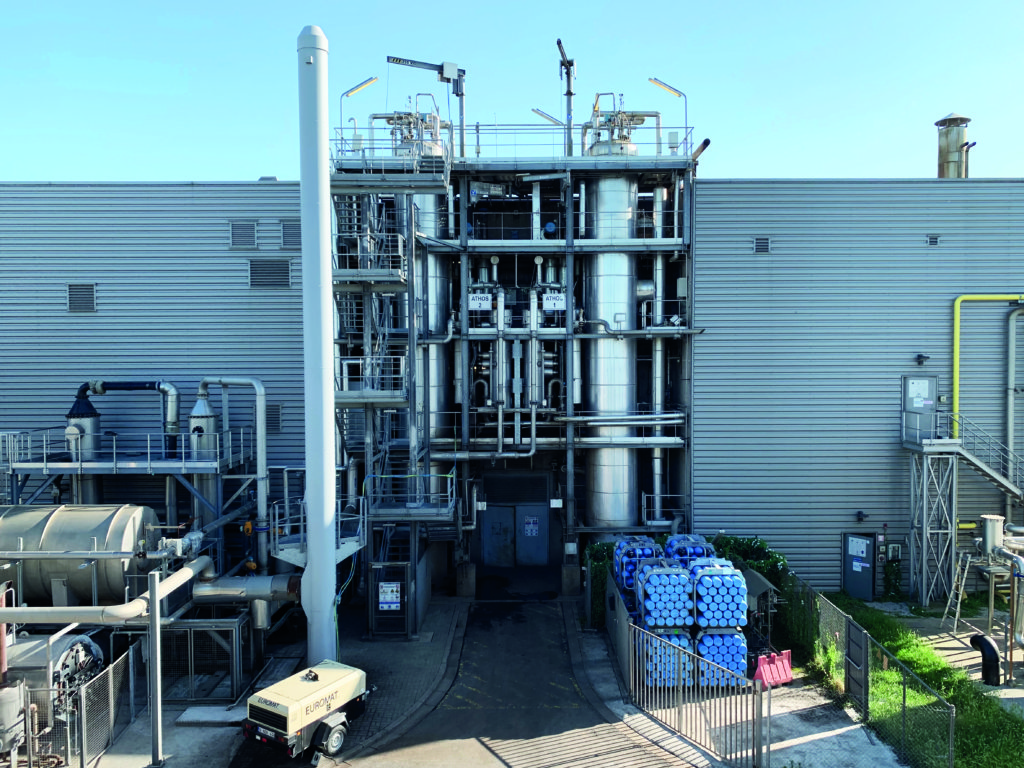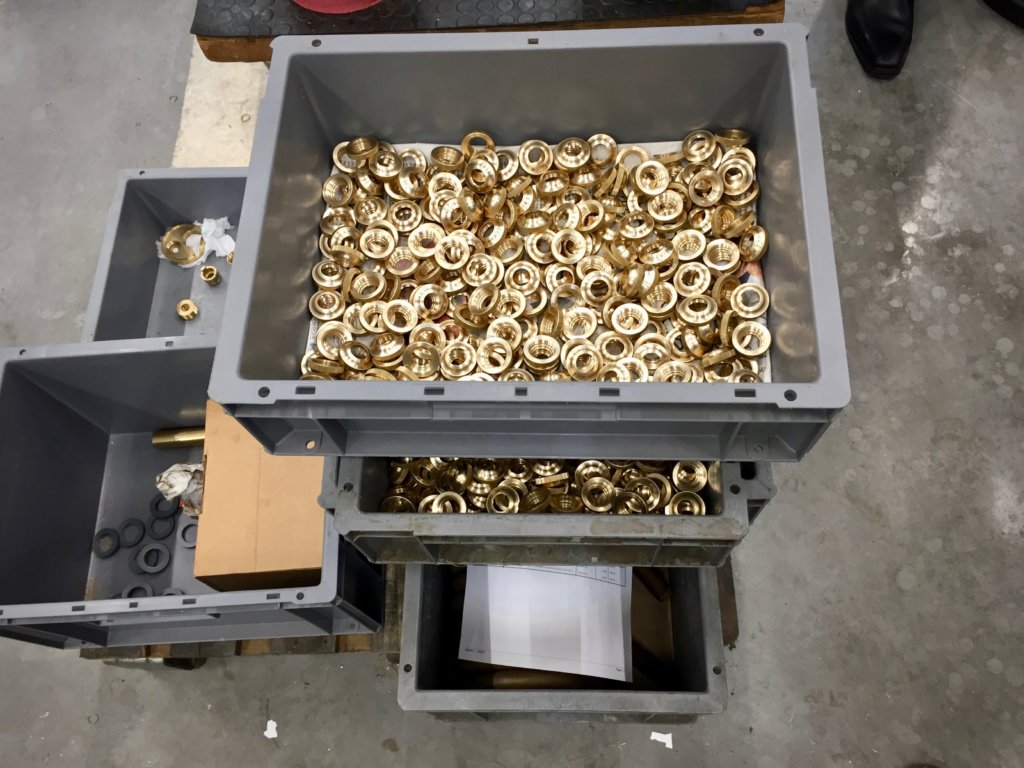Changes in manufacturing processes, increasing use of cleaner technologies, new policies for resource management and maturing knowledge of the role of manufacturing in the metabolism of cities are providing opportunities for urban manufacturing. Different types of manufacturing activities may have different levels of compatibility with city functions, and not all manufacturing will be compatible with commercial and residential activities. Certain types of manufacturing or ways to manufacture can be well adapted and provide positive synergies for the urban system.
European public urban authorities are keenly aware of their consumption of resources and large volume of waste generated. This has motivated policies and initiatives to address current linear use of resources and catalyse change towards the Circular Economy. London launched in 2017 the Circular Economy Roadmap for London. Similarly, Rotterdam has a Circular Economy strategy and Brussels adopted a regional plan to increase circularity. Most of these policy commitments recognise a need for cities to manage resources differently. In London alone, around 84 million tonnes of materials are consumed (this includes fossil carriers used as fuel and to produce energy) every year. Around ⅔ of this material will become emissions or waste, while the other ⅓ will be added to the stock of buildings, infrastructure and machinery.
Evidence from field work found that for cities to become more circular, a productive base must be maintained and promoted. The research has shown that urban manufacturing plays a key role in this transition in at least three ways. Firstly waste streams produced by the city in the form of solid residuals, waste and grey water, heat and steam can be productively utilised by maintaining productive activities within cities. Secondly, co-location of consumption and production activities increases the traceability of products and processes, promoting the adoption of cleaner technologies. It also allows for higher customisation and thus reduces wastage of resources associated with unsold stock as well as built-in obsolescence and high turnover of products. It also may encourage circular business models around take back systems, reverse logistics and upgradability. Thirdly, keeping a productive sector in cities helps to maintain a skills base and promote activities which maintain the value of resources, such as repair and re-manufacturing services and it is connected to the development of digital and technologies adapted to the city’s socio-economic fabric.


